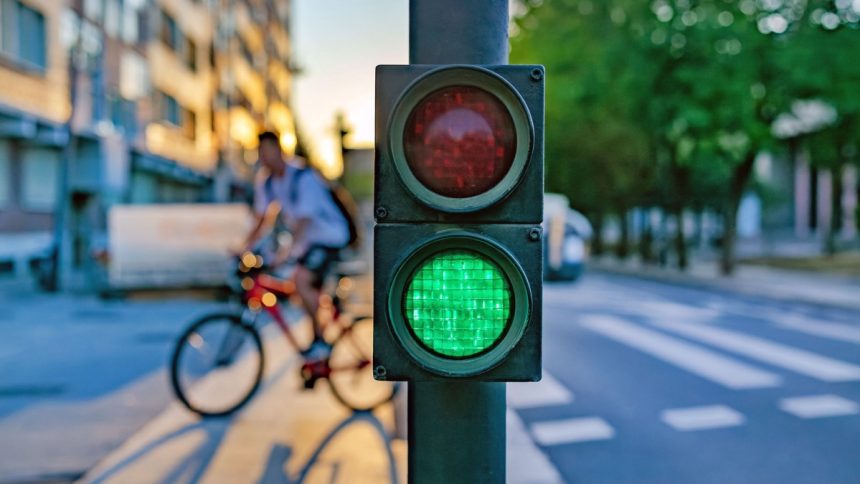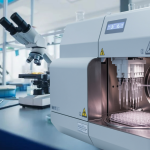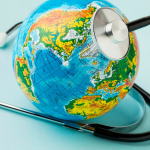More localities embrace urbanisation to bring modern amenities, more opportunities, and enhance living standards for locals.
Planners must also focus on ample traffic control in the localities to ensure optimum traffic flow and a safe and sound environment. However, if you’re uncertain how traffic control is relevant to urban planning, let’s know more here!
1. Improved public safety
Traffic control is significant in urban planning and development primarily due to its impact on public safety.
In urban areas, there are serious volumes of vehicle and pedestrian traffic. The lack of proper traffic control and mechanisms can increase the number of accidents.
Urban areas need clear signage, pedestrian crosswalks, dedicated bike lanes and footpaths, well-defined intersections, functional traffic signals with timing, and speed limits.
These can eliminate unnecessary congestion and on-road collisions among vehicles and protect pedestrians and bikers.
Modern urban planning must also include smart traffic control technologies, such as automated speed enforcement and adaptive traffic lights, to streamline safety based on real-time conditions.
However, simple signs and gadgets are not enough to ensure public safety. There must also be well-trained traffic control units to handle the traffic. Ensure that all traffic control personnel have a valid certificate from a renowned traffic controller course.
In case any sign becomes unusable or gadgets malfunction, human traffic controllers will ensure smooth traffic management and minimise disruption.
2. Smooth traffic flow and minimal congestion
Urban areas have a larger population and a higher number of vehicles on the road than others. Poor urban planning can lead to major traffic congestion.
Improper traffic control can frustrate the vehicle drivers. They’ll lose productivity hours not only because they’ll be late to reach their destination but also because they’re mentally drained from dealing with traffic.
Urban planners must account for optimal traffic control to reduce congestion and enhance smooth traffic flow.
Some effective traffic congestion control measures are skipping the traditional intersections and incorporating more roundabouts, building one-way streets, and switching to synchronised traffic lights. These prevent bottlenecks and minimise delays.
They can also integrate intelligent transportation systems, including road sensors, GPS, and cameras. Traffic controllers can gather data from these and make real-time decisions to relieve congestion faster.
3. Enhanced economic growth
Traffic congestion or poor management can delay deliveries, supply chains, and employees from reaching the workplace. Thus, businesses lose productive hours. People spend longer stuck in traffic rather than contributing to society and the economy.
On the other hand, effective traffic control has a great impact on a city’s economic growth. For instance, if a city has a properly managed traffic system, public transport, private vehicles, and delivery trucks reach their destination on time.
Thus, there’s a steady flow of goods, transportation and service offerings, which is a crucial part of every business.
Well-controlled traffic and relevant infrastructure also make cities more attractive hubs for further development.
Big companies see potential in expanding their business in areas with smooth traffic and reliable transportation. This is because they feel employees can reach work on time and not feel stressed from congestion. Thus, it also creates more jobs and uplifts the overall economy.
4. Offers environmental contributions
Climate change is one of the most pressing issues of the hour. So, cities are trying to reduce their environmental impact in every other way possible.
Traffic control has a huge impact on reducing the negative impact on the environment. In fact, Australia’s greenhouse gas emission March 2024 quarterly update shows an increase in transport emissions by 2.5% (compared to the previous year).
Poor traffic control implies more vehicles will be out on the streets stuck in traffic, releasing more greenhouse gases.
So, strategic traffic control is significant for environmental sustainability. For instance, less congestion reduces fuel consumption and emissions. This diminishes each individual’s environmental footprint related to transportation.
Some traffic control measures, including dedicated bus and carpool lanes, further relieve congestion. It also encourages public transport usage, reducing private vehicles on the roads that consume more fuel and emit more gases for fewer people.
5. Attracts more growth and expansion
Efficient traffic control in urban planning includes flexibility to expand and embrace new technologies. This attracts more people to settle in the surrounding localities and balances a growing population’s needs.
Traffic control not only mitigates current challenges but also makes room for long-term development and future growth. This may include public transportation system expansion, road and bridge construction, and smart traffic system adaptation.
Conclusion
Proper traffic control is the secret behind successful urbanisation. So, make this the foundation of your urban planning and build a vibrant and habitable environment now!
Lynn Martelli is an editor at Readability. She received her MFA in Creative Writing from Antioch University and has worked as an editor for over 10 years. Lynn has edited a wide variety of books, including fiction, non-fiction, memoirs, and more. In her free time, Lynn enjoys reading, writing, and spending time with her family and friends.















